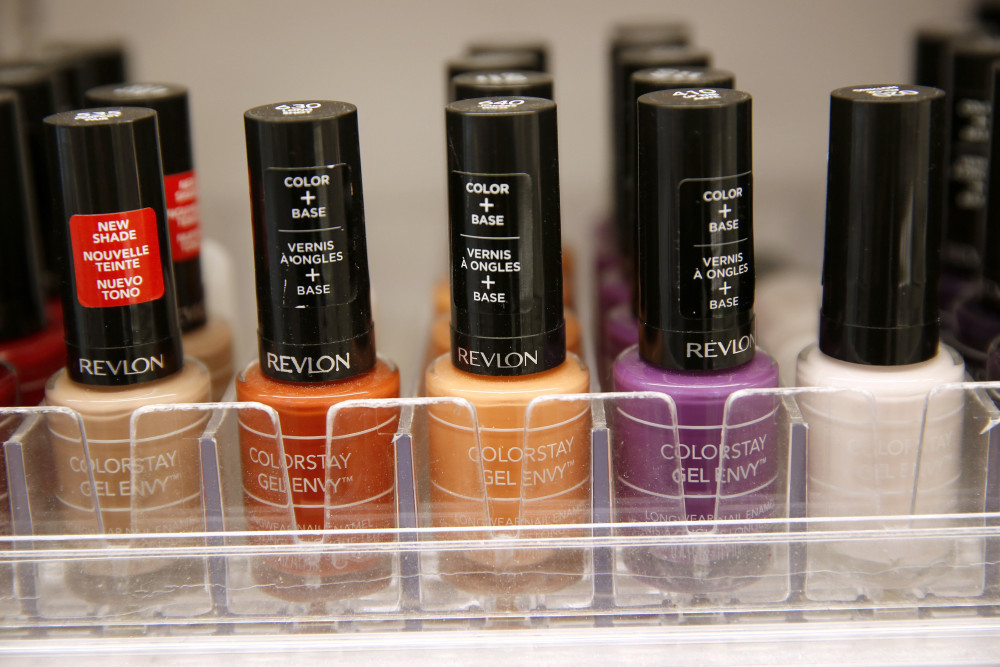By Michael Hawthorne
Chicago Tribune.
CHICAGO
Some cosmetics manufacturers and beauty salons promote “eco-friendly” nail polishes that are free of a handful of chemicals linked to cancer and reproductive problems.
But a new study suggests a replacement for one of those toxic compounds might be just as worrisome.
Signs of triphenyl phosphate, known as TPHP or TPP, turned up in every one of the 26 women tested a few hours after they applied nail polish commonly sold at department stores and pharmacies. The chemical, used to make polish flexible and durable, also is an ingredient in a controversial flame retardant added to furniture cushions.
Scientists are increasingly concerned about triphenyl phosphate because animal studies indicate it is an endocrine disruptor, meaning it can mimic natural hormones and scramble the healthy development of cells. One study showed the chemical can trigger obesity by causing immature bone cells to transform into fat. Another linked exposure to fertility problems.
The new study’s authors said popular nail polish lines, including OPI, Sally Hansen, Revlon, Maybelline and Wet N Wild, switched to triphenyl phosphate during the past decade after pressure from consumers and retailers forced them to phase out the use of another compound, dibutyl phthalate, which is banned in cosmetics in Europe and listed as a developmental toxin in California.
“The emerging science seems to be moving toward TPHP being problematic for similar reasons,” said Heather Stapleton, a Duke University chemist who co-wrote the exposure study, published last week in the peer-reviewed journal Environment International.
Though researchers acknowledged the small sample size in their study, they said exposure likely is widespread. Triphenyl phosphate is listed as an ingredient in half of the 3,000 nail products reviewed by the Environmental Working Group, a nonprofit organization that collaborated with Stapleton on the new study and has pushed for years to overhaul regulation of cosmetics.
It is unclear what, if any, hazards the chemical poses at the levels detected in women who participated in the new study. But the discovery that levels spiked shortly after they applied nail polish shows how difficult it can be even for diligent consumers to avoid chemicals in cosmetics and household products.
Stapleton and her colleagues focused on nail polish after an earlier study found that women tend to have higher levels of TPHP in their bodies than men. In the new study, levels remained stable when the participants wore gloves fitted with synthetic nails, suggesting the chemical is absorbed through the skin rather than inhaled.
The Food and Drug Administration said in a statement that federal law doesn’t require manufacturers to prove that cosmetic ingredients are safe before putting them on the market or even file product formulations with the FDA.
Echoing earlier statements about other chemicals in personal care products, the chief trade group for cosmetics manufacturers called the Stapleton-EWG study “speculative” and “misleading.”
“The makers of nail polish stand behind their products and take pride in providing Americans with access to a wide variety of safe, high quality and innovative products they trust and enjoy,” the Personal Care Products Council said in a statement.
In recent years several companies have started labeling nail polish as “3-free,” meaning the products do not contain the toxic chemicals toluene, formaldehyde or dibutyl phthalate, the compound that triphenyl phosphate replaced in some product lines.
Several other common nail product ingredients also pose health risks to salon workers and customers. A 2007 safety brochure from the U.S. Environmental Protection Agency lists 17 chemicals that can trigger a burning throat or lungs, labored breathing or shortness of breath.
“For women using nail polish regularly, this represents a source of chronic exposure,” said Joseph Allen, a Harvard University researcher who has documented toxic air in nail salons but was not involved in the new study. “Unfortunately, but not surprisingly, consumers often can’t make informed decisions about the products they purchase and use due to a lack of reporting and transparency; workers in nail salons simply have no choice at all when it comes to avoiding exposure.”
The EPA is concerned about triphenyl phosphate for different reasons. The chemical is an ingredient in Firemaster 550, a flame retardant the agency once touted as safe but has since determined could pose significant health risks.
A 2012 Chicago Tribune investigation revealed the EPA endorsed Firemaster 550 even though the agency’s own scientists were deeply skeptical of its safety. Studies conducted by its manufacturer found that exposing rats to the flame retardant can lower birth weight, alter female genitalia and cause skeletal malformations.
Independent scientists, including Stapleton, later found that small doses of Firemaster 550 administered to rats can trigger obesity, anxiety and other problems.
Last year the EPA added triphenyl phosphate to a list of chemicals targeted for in-depth reviews based on widespread exposure and potential toxicity.
“This is another example of why we need better cosmetics regulation and chemical regulation in general,” said Johanna Congleton, a senior scientist at the Environmental Working Group who co-wrote the new nail polish study. “We shouldn’t allow industry to keep replacing one bad chemical with another.”














































































































































































































































































































































































